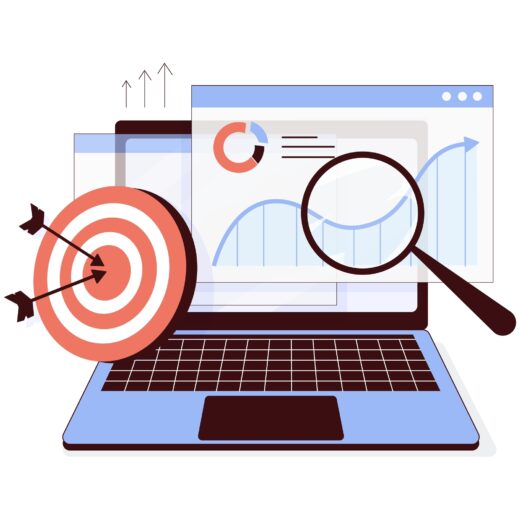Google Consent Mode v2: Everything You Need To Know

From March 2024, the use of Google Ads and Analytics will require a Google Certified CMP (Consent Management Platform) compatible with Consent Mode v2. Google Consent Mode is now mandatory for tracking, and it’s essential that the consent management platform is Google-certified. The implementation period for this requirement extends until March 2024. The counting of data only occurs if the user has provided consent, and the corresponding signal has been sent back to Google via Google Consent Mode. Continue reading to discover the significance and implications of how it will influence the efficiency of the digital marketing ecosystem in the year 2024.
What is Google Consent Mode?
Google Consent Mode is a tool introduced by Google to enhance user privacy and comply with data protection regulations. It allows websites to adjust how they handle Google tags based on the user’s consent preferences for data processing. With Consent Mode, if a user provides consent for data tracking, the website can send that information to Google, enabling more tailored advertising experiences. Conversely, if a user denies consent, Google tags can be adjusted to respect their privacy choices. It provides a flexible framework for website owners to align with evolving privacy standards while ensuring a personalised and compliant online experience for users. With that in mind, let’s delve deeper into what Consent Mode v2, introduced late last month, means for the future of Google ads.
Previously, Consent Mode relied on two elements, namely analytics_storage and ad_storage, to inform Google Ads whether users permitted the use of analytics or ads cookies. In the latest version, Consent Mode v2, two additional elements are introduced—ad_user_data and ad_personalisation. These new elements are specifically related to Google, indicating whether users grant permission for sending data to Google Ads and if they desire personalised ads. Before moving further, remember: you must get real permission from users to use Consent Mode v2 and keep your audiences and measurements safe. If you don’t have a right way for users to agree (like a cookie banner), you need to do that first.
How will it impact bidding and measurement?
Ensuring the effectiveness of your marketing depends significantly on the quality of the data you input into your bidding and optimisation tools. However, users ultimately decide whether their data can be shared and utilised. The precision of the insights available to Google Ads relies heavily on the choices users make regarding consent, and whether you’ve implemented Basic or Advanced Consent Mode v2.
What happens if I don’t implement it?
If you don’t use Consent Mode v2 after March 2024, your advertising platforms won’t track any info about new users in the EEA. This affects your audience lists, personalised ads, and measurement/reporting accuracy in that region. Without Consent Mode v2, your bidding algorithms use incomplete data, making your budget less effective. For strategies like Maximise Conversions with a target CPA, accurate conversion tracking is crucial. Without it, the strategy undervalues opportunities, leading to inaccurate bidding and less profitable budget use.
How to implement Consent Mode v2
Begin by incorporating a consent banner on your website that honors user preferences. Once you have a compliant consent banner set up, the next step is to implement Consent Mode v2. Opting for a certified Google partner streamlines the implementation process. Cookie Information seamlessly integrates with Consent Mode v2 and provides comprehensive support and documentation, ensuring you can swiftly initiate effective measurement.
Get prepared for March 2024 and ensure your advertising has the essential insights it requires to operate seamlessly—initiate the use of Consent Mode v2 today.
If you have any questions, concerns, or just need a helping hand, don’t hesitate to contact us today.








